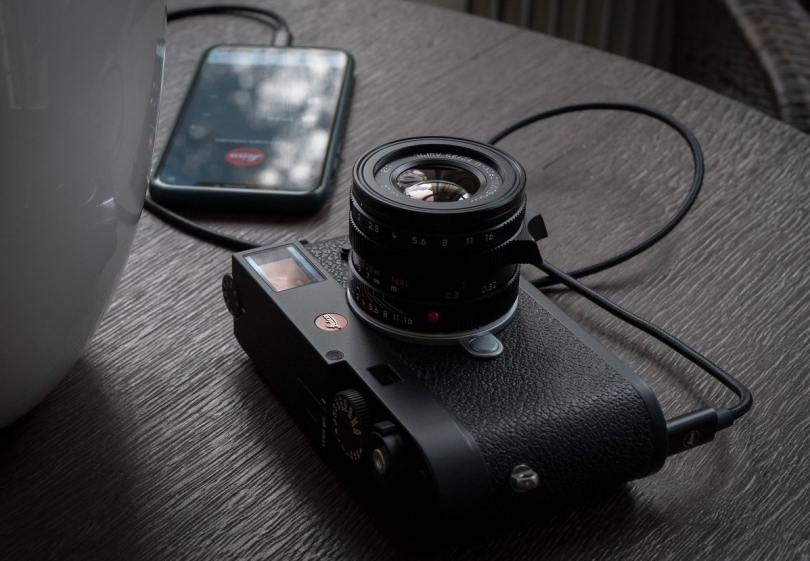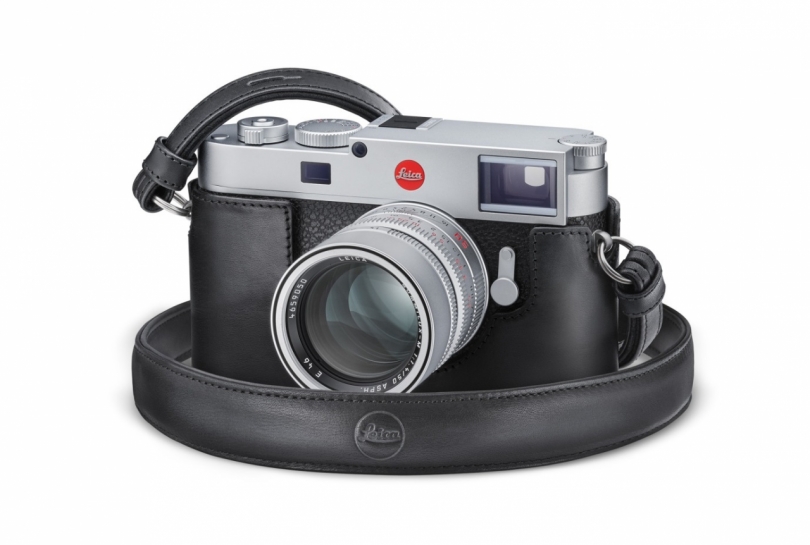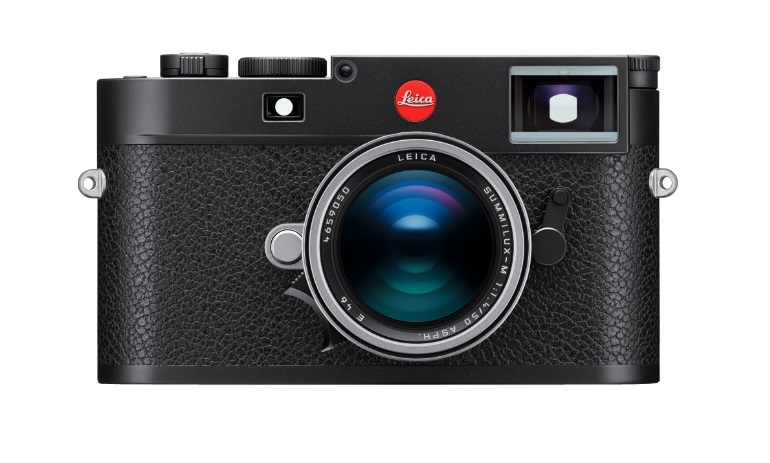
Hands-on with the new Leica M11 The Leica M11 is the latest in a series of rangefinders from the venerable German company going back to the early years of the 20th Century. In terms of general design, the M11 can trace its lineage back to the M3 of the mid 1950s, but offers technology that 20th Century film photographers could never have imagined.
Click through this article for a closer look at the M11.
New sensor
The most important update in the M11 is a new sensor, capable of fully electronic (silent) shooting at up to 1/16,000sec. Not only does the M11 offer greater potential resolution than any previous digital M-series camera, at 60MP, but the BSI-CMOS, dual-gain architecture promises better image quality and better efficiency.
Previous sensors in the M10 and its several variants were very good, but the chip in the M11 is the most modern that Leica has used yet (and could well end up, in modified form, inside future Q and SL-series cameras). Digital Leica rangefinders have never really been 'instant on' but some photographers may be disappointed by the M11's ~2 second startup time. We don't know if this is a consequence of how the sensor is integrated into the camera's operation, but this is something we want to investigate further.
New sensor ('cont)
Unlike previous digital M-series rangefinders, the M11's sensor is activated (and uncovered) as soon as the camera is turned on, even if you're not in live view mode. This might seem like a potential waste of energy, but it's not at all – in this way, the chip can act as a multi-pattern metering and white balance sensor, capable of far greater precision and flexibility than the simple center-weighted metering cell found tucked inside the lens mount of previous digital M-series cameras.
What this means practically is that metering and white balance should both be a little more reliable when shooting in optical rangefinder mode but there may be a learning curve for experienced Leica shooters, used to a simpler metering system.
Controls and operation
In terms of operation, the M11 is (no surprise) very similar to the major M10 variants that precede it. On the extreme left of the top-plate is a dedicated ISO dial, with manual ISO sensitivity settings from 64 (a new base ISO, courtesy of the new sensor) to 6400. There's also an 'A' setting and higher ISO sensitivity settings are available via the in-camera menu system up to a maximum of ISO 50,000.
Controls and operation (con't)
On the upper right of the top plate is a shutter speed dial, which spans the range of speeds available to the M11 in mechanical shutter mode, including an 'A' setting. The minimum exposure time in electronic shutter speed mode is 1/16,000sec, which should appeal to fans of wide aperture bright light shooting. Meanwhile, the maximum exposure time has been extended to an hour.
Obscured in this photo (but visible in the previous slide) is a standard Leica on/lock switch to power the camera up or down, with a threaded shutter release at its hub. Alongside this is a custom button, which has moved from its position in the M10, on the front of the camera, back to the top again (where it was in the older M Typ 240).
Controls and operation (con't)
Anyone coming from the M10 or its variants will be immediately at home with the M11, but Leica has made some welcome changes. One of my favorites is a more versatile rear dial (upper right of the rear plate). A long inwards press of the dial allows you to quickly customize the dial for various functions, including direct control over ISO (if the locking top dial proves too fiddly). Meanwhile, a simple scroll of the dial can still provide direct access to (for example) exposure compensation.
The high-resolution LCD on the rear of the M11 is touch-sensitive, which provides a nice quick way of zooming into images (either in playback or in live view mode) and scrolling through pictures after a long day of shooting for National Geographic Facebook.
Note the electrical contacts built into the M11's hotshoe – these are for the optional Visoflex II, a 3. 68M-dot tilting electronic viewfinder (sadly not yet available for journalists to try out). In a very welcome update, manual focus magnification in live view is now automatic, and the magnified focus view is digitally stabilized.
Build quality
As you would expect from a camera costing almost $9,000, the M11 looks and feels amazing, and every control moves with luxurious smoothness. Everything clicky is clicky in a really good way and nothing clicks that shouldn't. Credit to Leica – the M11 really does feel like a camera made partly by hand, and in limited numbers.
The black version of the M11 (shown in most of the images in this article) features an aluminum top-plate, compared to brass in the silver version. As such, the silver M11 is heavier, by about 110g (3. 9oz). They're priced identically.
New baseplate
Normally we don't pay much attention to the bottom of cameras, but in a major break from the past, the M11 is the first Leica rangefinder (like, ever, going right back to the 1920s) where you don't have to remove the entire base of the camera to get access to its storage media (film, or more recently, an SD card). Instead, the M11 adopts a more Q-series style catch, which unlocks the integrated battery/cover and. . .
New battery and storage
. . . . reveals the memory card bay. The new BP-SCL7 battery itself offers a substantial 64% increase in capacity over the SCL5 used in the M10-series models, which helps it achieve a CIPA figure for battery life of 700 shots. In use, we've found that (as usual) this number proves to be rather conservative, which is great news – the M11 is the first Leica digital rangefinder for which we don't feel we have to recommend the purchase of a spare battery. And with 64GB of inbuilt memory, you might even be able to skip the purchase of an SD card.
Note the exposed USB-C (3. 1 Gen 1) socket adjacent to the battery door. This allows the M11 to be charged or powered via portable power, as well as facilitating image transfer if you don't have a card reader handy (or a memory card – see point above). Leica also includes a USB-C to Lightning cable for iPhone users who want to connect their phone to the camera for image transfer.
The USB-C cable might also come in handy to solve a perennial problem with the digital M-series: There's no way to remove the battery or access the SD media when a conventional tripod plate is mounted to the base of the camera.
. dpreview.com2022-1-16 17:00





